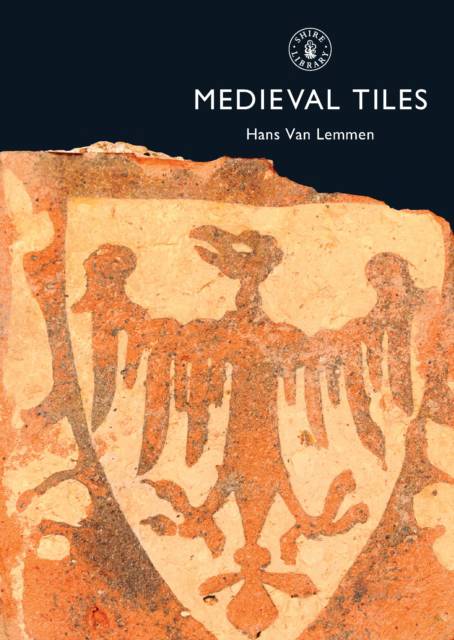
- Afhalen na 1 uur in een winkel met voorraad
- Gratis thuislevering in België vanaf € 30
- Ruim aanbod met 7 miljoen producten
- Afhalen na 1 uur in een winkel met voorraad
- Gratis thuislevering in België vanaf € 30
- Ruim aanbod met 7 miljoen producten
Zoeken
Omschrijving
Floor tiles with a wealth of different patterns and designs were used during the Middle Ages, in churches, cathedrals, royal palaces, and the homes of wealthy citizens. Durable and hygenic, these tiles were a fashionable decorative element in medieval interiors. Medieval tilemakers proved extremely skillful in the production of different types of tile, which ranged from variously shaped plain tiles which were assembled into complex mosaic floors, to two-colored inlaid tiles and stamped-relief and line-impressed tiles. In this fascinating introduction to the subject, Han van Lemmen details the various production and decoration techniques used, and the changes in tile fashion. Though many medieval cathedrals and parish churches, and in the extensive collection at the British Museum.
Specificaties
Betrokkenen
- Auteur(s):
- Uitgeverij:
Inhoud
- Aantal bladzijden:
- 40
- Taal:
- Engels
- Reeks:
Eigenschappen
- Productcode (EAN):
- 9780747804635
- Verschijningsdatum:
- 4/03/2008
- Uitvoering:
- Paperback
- Formaat:
- Trade paperback (VS)
- Afmetingen:
- 149 mm x 213 mm
- Gewicht:
- 104 g

Alleen bij Standaard Boekhandel
+ 20 punten op je klantenkaart van Standaard Boekhandel
Beoordelingen
We publiceren alleen reviews die voldoen aan de voorwaarden voor reviews. Bekijk onze voorwaarden voor reviews.











